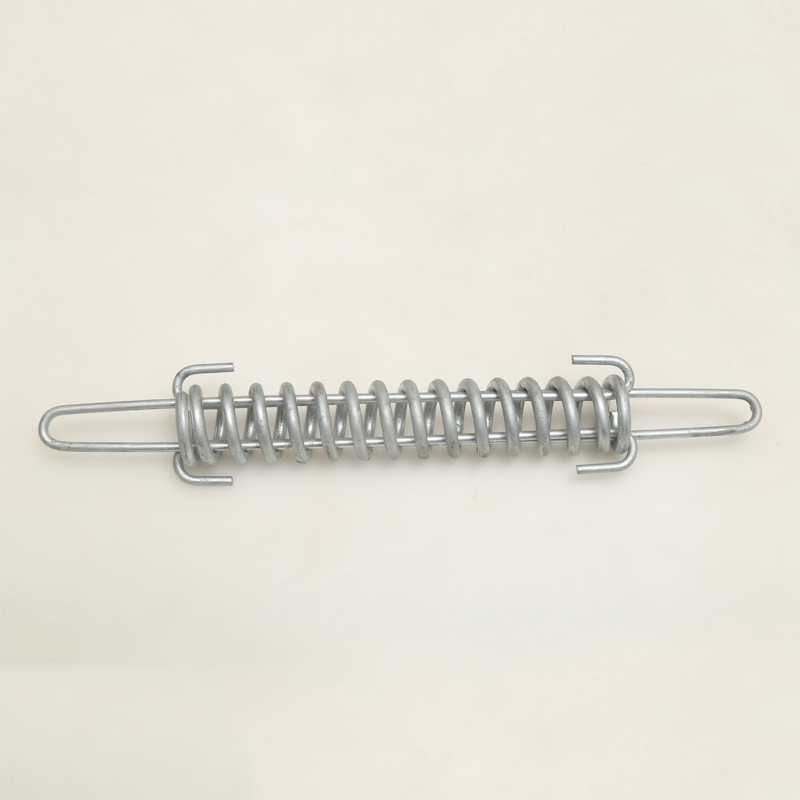
- Mobile Phone
- +8613931874955
- sales@cntcmetal.com
stainless steel spring wire
The Versatility and Applications of Stainless Steel Spring Wire
Stainless steel spring wire has become an essential component in various industries due to its remarkable properties and versatility. It is a high-performance material specifically designed for the manufacturing of springs and other critical applications where resilience and durability are paramount. This article delves into the characteristics, manufacturing process, and various applications of stainless steel spring wire.
Key Characteristics
Stainless steel spring wire is composed primarily of iron, with a minimum of 10.5% chromium content, providing it with excellent corrosion resistance. This property is particularly beneficial in environments that are prone to moisture, chemicals, or extreme temperatures. The wire also exhibits high tensile strength, enabling it to withstand significant stress without deforming. Additionally, stainless steel spring wire has excellent fatigue resistance, which is crucial for applications where materials undergo repeated loading and unloading cycles.
Two primary grades of stainless steel are commonly used for spring wires 302 and 316. Grade 302 provides good corrosion resistance and is ideal for applications that do not require exposure to harsh environments. Conversely, grade 316 offers enhanced resistance to pitting and crevice corrosion, making it suitable for marine applications and areas with high chloride exposure.
Manufacturing Process
The manufacturing of stainless steel spring wire involves several steps, ensuring that the final product meets stringent quality standards. The first stage includes melting and refining the raw materials, followed by casting the molten metal into billets or bars. Once solidified, the billets undergo hot rolling to achieve the desired dimensions.
stainless steel spring wire

After hot rolling, the wire is subjected to cold drawing, a process that enhances its tensile strength and reduces its diameter. During cold drawing, the wire passes through a series of dies, gradually decreasing its size while increasing its hardness. The final stage involves heat treatment, which includes processes like annealing to relieve internal stresses and improve ductility.
Applications
Stainless steel spring wire is widely utilized across various industries due to its reliability and performance. In the automotive industry, it is used to manufacture suspension springs, shock absorbers, and other critical components that require durability and resistance to deformation. The aerospace industry also relies on stainless steel spring wire for engine components and landing gear, where safety and performance are paramount.
Moreover, stainless steel spring wire is commonly found in household products such as mattresses, chairs, and appliances, where it is employed to produce resilient springs. The medical sector employs it for surgical instruments and medical devices, ensuring both reliability and biocompatibility.
In addition to traditional applications, stainless steel spring wire is gaining traction in the field of electronics, where it is used for connectors and various other electronic components that benefit from its corrosion resistance and conductivity.
Conclusion
In summary, stainless steel spring wire is a vital material that offers unparalleled strength, durability, and resistance to environmental factors. Its diverse applications across industries underscore its significance in modern manufacturing and engineering. As technology evolves, the demand for stainless steel spring wire is expected to increase, driving further innovations in its production and applications.
share:
-
Why Sacrificial Formwork Is Redefining Underground ConstructionNewsJun.06,2025
-
The Structural Dynamics of Modern Concrete: How Snake Spacers Revolutionize Flexible ReinforcementNewsJun.06,2025
-
Snake Spacers Smart-Lock Concrete Reinforcement with Surgical PrecisionNewsJun.06,2025
-
Snake Spacers: Reinforcement Precision for Modern Concrete ProjectsNewsJun.06,2025
-
Snake Spacers Powering Concrete's Structural DNANewsJun.06,2025
-
Slither into Success: Snake Spacers' Precision Bite for Unbreakable ReinforcementNewsJun.06,2025
-
Sacrificial Formwork: Building Stronger, Faster, and Safer StructuresNewsJun.06,2025



















